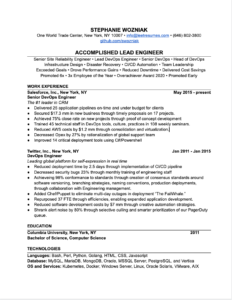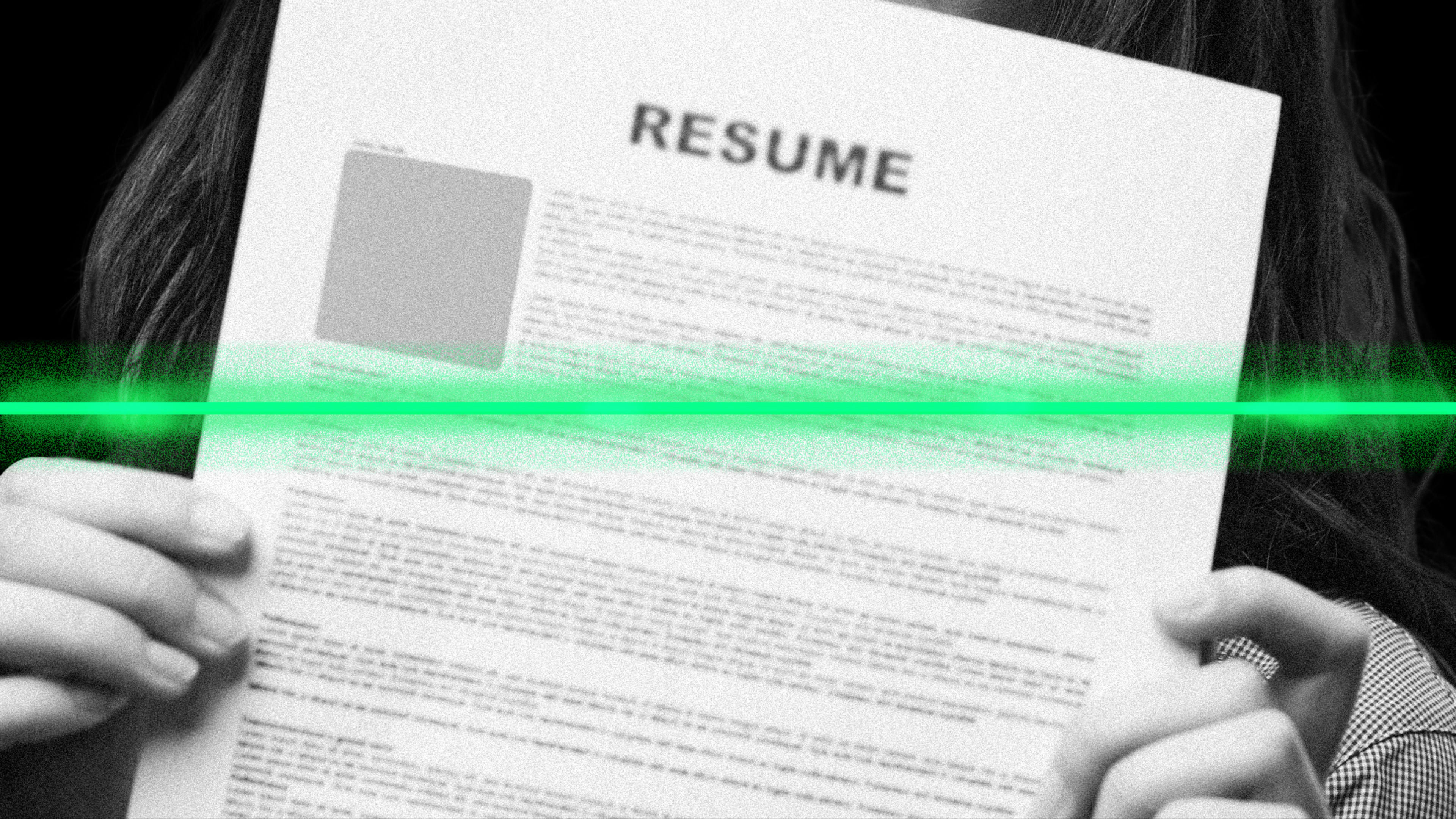Technology companies are booming despite the pandemic, and technology professionals have never been in higher demand. So now’s the time for software engineers to update their résumés to take advantage of this extraordinary hiring environment.
At Leet Resumes, we’ve assessed the résumés of tech professionals from thousands of companies. Here are a few quick tips for making a more effective résumé for the New Year.
Purpose: Remember that the purpose of your résumé is to generate interview requests. It’s not your bio, your academic CV, an exhaustive list of everything you’ve done, or even a good representation of the complete you. The purpose of a résumé is to get interviews, and everything that isn’t essential to that goal should be jettisoned.
Scannable: Your résumé needs to be scannable. When it comes to your professional summary—the top ⅓ of the page of your résumé—it needs to be easy for the reader to digest in only a few seconds. As a first pass, they’re scanning it as quickly as possible to determine whether or not you belong in the “read more carefully” pile. That means they’re skimming through your résumé at top speed to decide whether to send you along to the next stage, whether that’s a quick Zoom screen or a full interview with the engineering manager.
Paragraphs won’t cut it. When résumé readers lose their train of thought in your paragraph or are distracted by complex sentences, they move on. It’s essential that you keep their attention with short words and phrases that attract their interest.
Headline: You’ll need a professional headline that sums up your role and level for easy comprehension. This concise statement encapsulates your professional standing in a few words. Great professional headlines include:
- Passionate Open Source Engineer
- Top-performing BI Analyst
- Innovative Machine Learning Expert
- Successful Front-end Engineer
- Dedicated DevOps Professional
For the HR professional or engineering manager reviewing résumés, this clear professional headline grabs attention and serves as a ready shorthand summation of your career to date.
After your professional headline, you’ll share four job titles you’d actually accept for your next role. These are not necessarily past roles or job titles you’ve already had. Instead, these are the job titles for which readers of your résumé ought to consider you. It may seem very obvious to you what your next step in your career progression will be, but it is not at all obvious to HR or to your future boss. Make it easy for them by being explicit about it.

To make it easy, you can cover a different topic on each line.
Your capabilities: The specific skills, talents, and abilities you possess that indicate you’re a fit for the job titles you’ve mentioned. Phrases such as front-end development, large-scale data science, or performance optimization are appropriate.
Your accomplishments: Past demonstrated achievements that were the result of your capabilities, such as reduced load time, increased engagement, or reduced spending.
Your career highlights: Promotions, awards, and external recognition which show that others have appreciated your excellence, such as the winner of the company-wide technical award, promoted six times, or peer-reviewed papers published.
The most common mistake engineers make in their work experience section is copying and pasting their job description. The readers of your résumé already know what the duties for more junior roles are, so repeating them on your résumé does not help you land interviews.
More effective is sharing what you actually achieved in the job. Why was your previous employer better because you were there? Did you reduce latency? Increase throughput? Shave seconds off loading time? Build a system that could handle more capacity?
To create the biggest impact with your résumé bullet points, use the Action-Number-Method pattern. This pattern describes your achievements using:
An Action: Something grew, shrank, increased, decreased, got more efficient, cost less, was eliminated, or other similar verbs that indicate a change in state.
A Number: A specific number of units, dollars, or percentage points increase or decrease that happened because of your action.
A Method: A brief explanation of what method you used to get this result.
Typically, technical résumés written by engineers will tend to focus only on the Method such as what technology, or tools, or system you used to achieve your goal. By adding Action and Number, you make it much easier for a hiring manager to understand your impact, not just your method.
Examples of good numbers to share:
- Load time reduced by xx ms
- Site engagement increased by xx%
- Bugfix time reduced by xx days
- Data usage reduced by xx %
- Revenue increased by xx %
Anything where you can quantify the specific improvements that happened because you were the engineer on the job.
List the technologies you’ve used at the end. For more experienced engineers, your particular technology stack may matter less than your overall track record. While for more junior engineers, explicitly listing your tech stack keeps this important data at the fingertips of hiring managers and recruiters. Typically, we recommend that you have eight to 10 technologies listed if you have two years’ experience, 10-15 if you have five years’ experience, and up to 25 if you have 15 or more years of experience.
Great technical résumés communicate your value clearly and concisely. They make you stand out from the crowd. And they get you interviews that lead to better offers and better jobs.
Marc Cenedella is the founder of Leet Resumes, where he gives free résumé talks and does free résumé rewrites for experienced engineers.
Recognize your brand’s excellence by applying to this year’s Brands That Matter Awards before the early-rate deadline, May 3.
